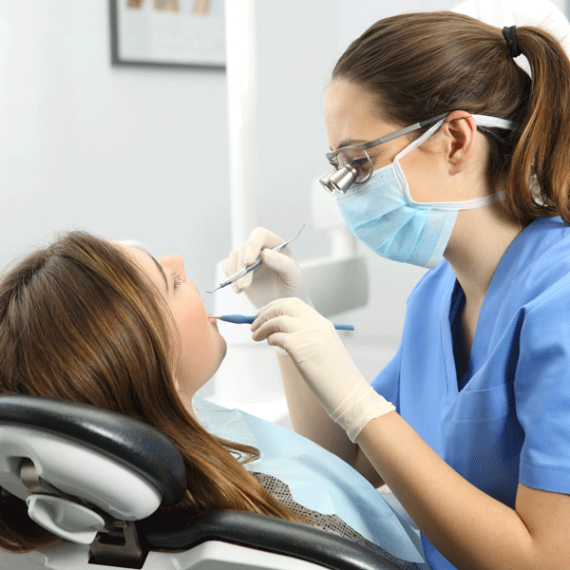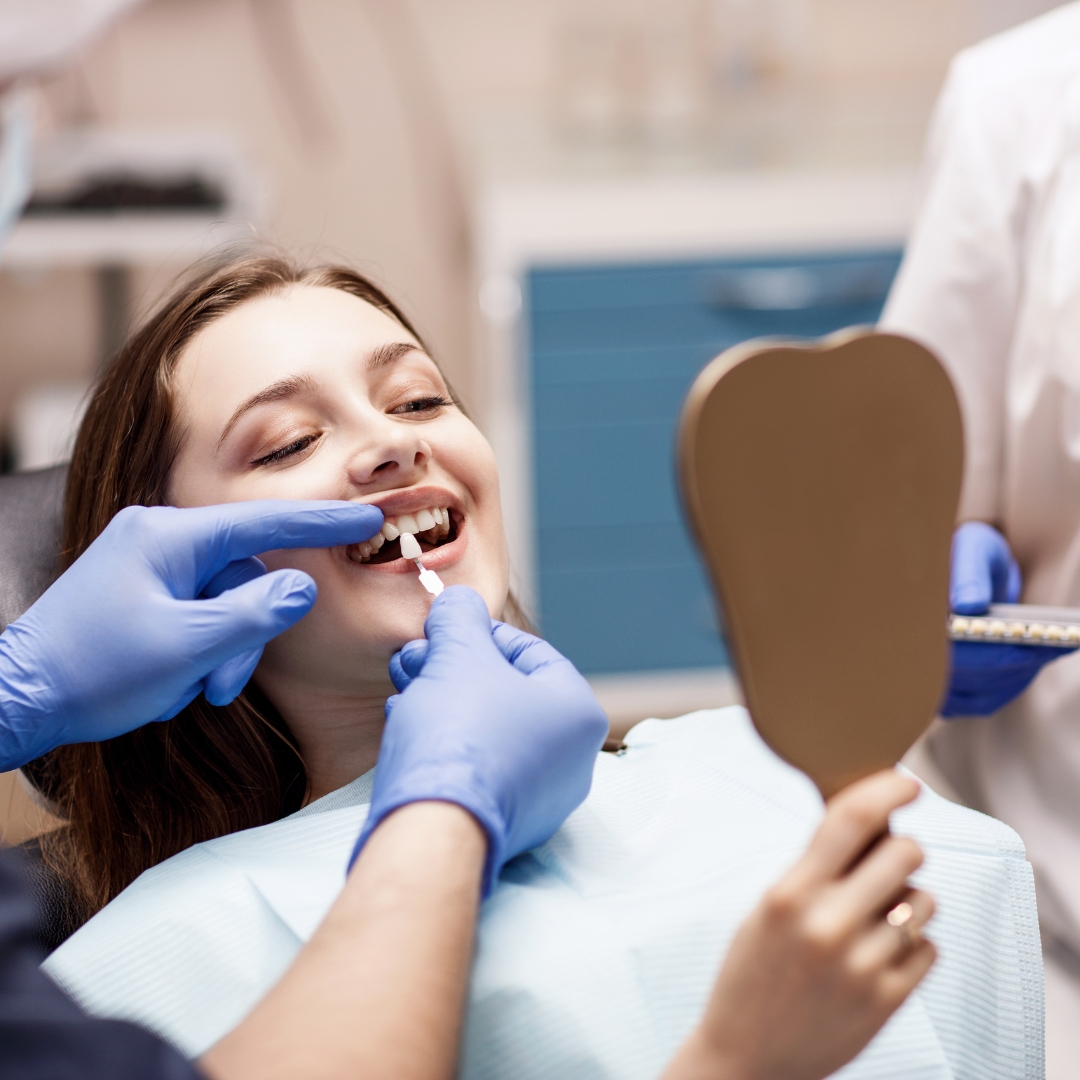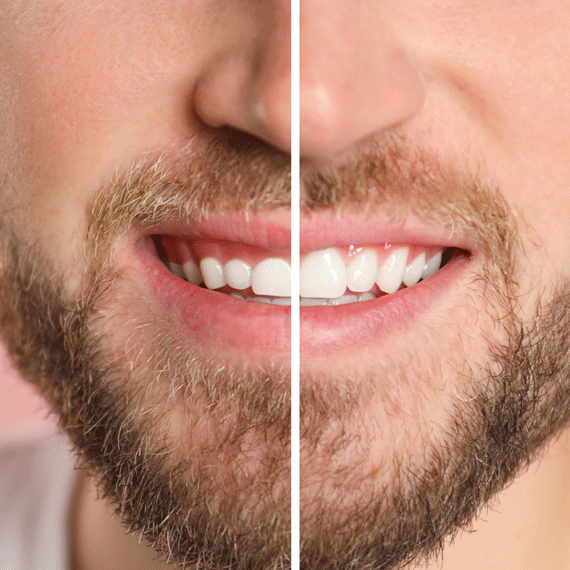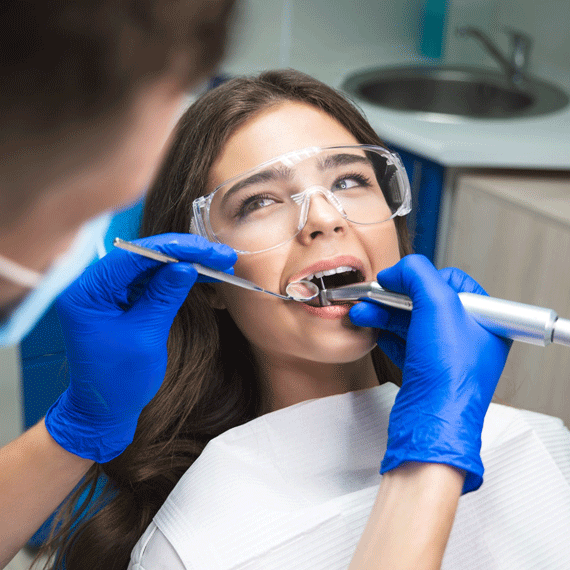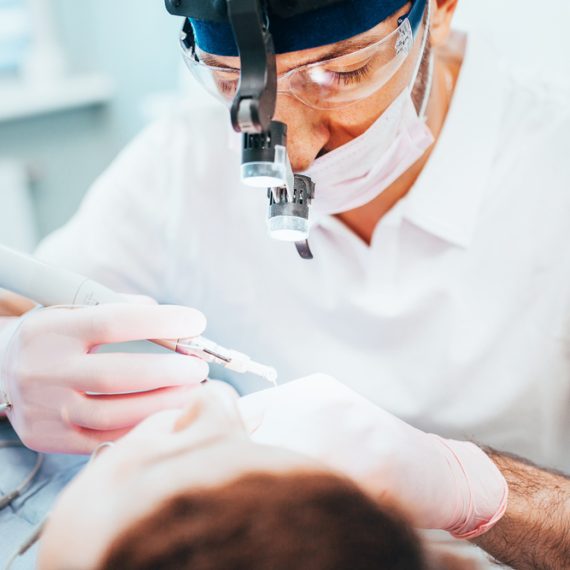Services
Comprehensive Dental Care for a Healthy Smile
At Walkerville Dental, we offer a full range of dental services to keep your smile healthy, functional, and beautiful. Whether you need routine preventive care, restorative treatments, cosmetic enhancements, or specialized procedures, our experienced team is here to provide personalized, high-quality care. We use advanced technology and a patient-focused approach to ensure every visit is comfortable and effective. Explore our services to find the right treatment for your needs and take the next step toward optimal oral health.
Comprehensive Care with Our Services
At Walkerville Dental, our services cover everything from routine checkups to advanced restorative care. We make it easy for you to maintain excellent oral health in one convenient location. Whether you need preventive care or cosmetic enhancements, we’re here to help. Our team works closely with you to create a personalized treatment plan that fits your goals. Visit our Contact Us page to learn more.
Our Services Include Modern Dental Technology
We use the latest technology to improve accuracy, comfort, and outcomes. From digital X-rays to intraoral scanners, our tools help us diagnose issues early and treat them efficiently. Advanced technology also means quicker appointments and better results. Learn more about these innovations at the Canadian Dental Association. We continually invest in equipment that enhances your overall dental experience.
Customized Services for Your Smile
Every patient is different, so we tailor our services to match your specific needs. We offer flexible treatment options to help you achieve your ideal smile. Whether you’re considering sedation dentistry or looking for cosmetic improvements, our team is here to guide you every step of the way. For trusted oral health resources, visit the CDA website. Your comfort and confidence are always our priority.

